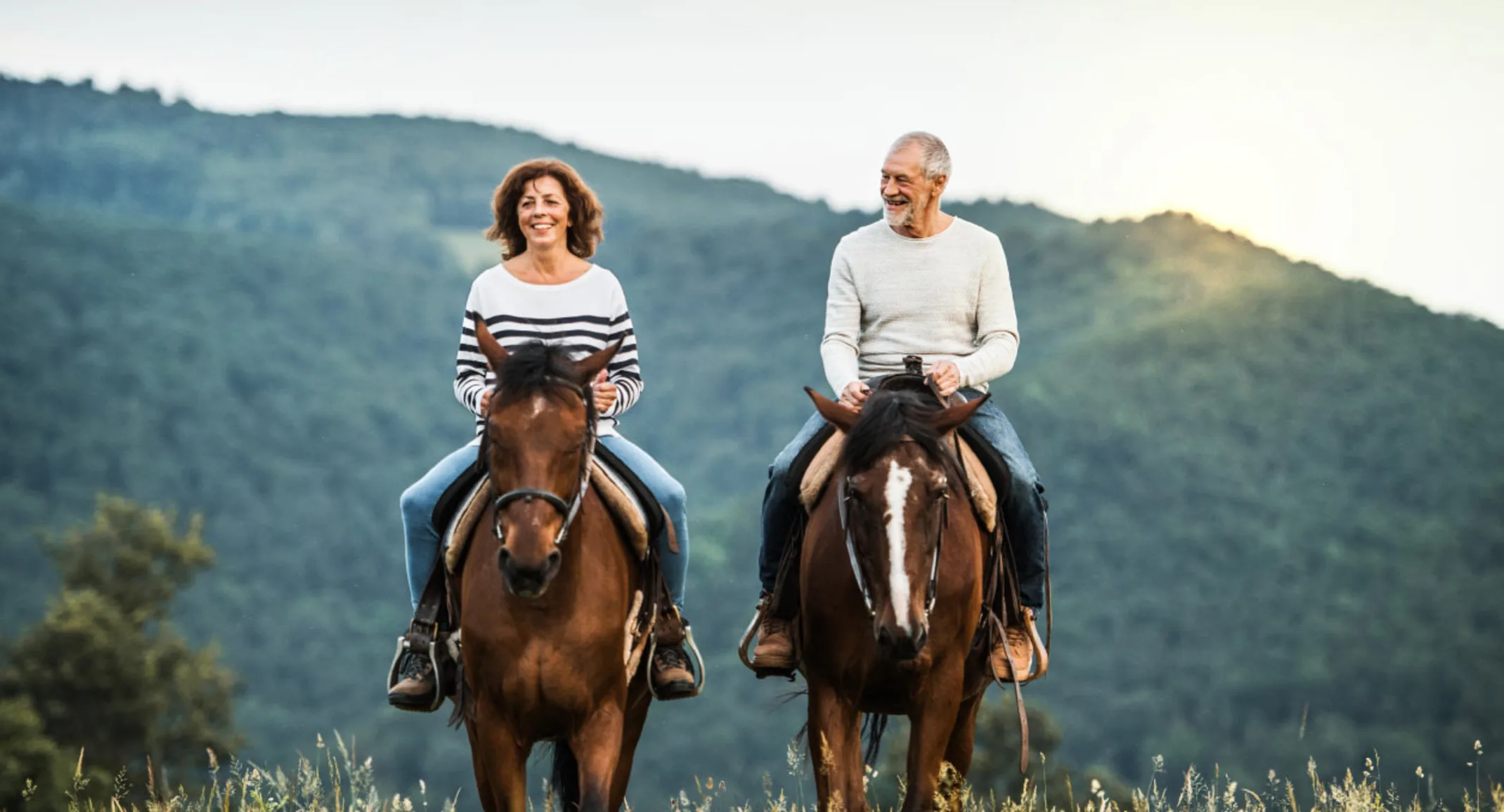Trail Ride First Aid Kit
General

As summer is winding down, I’m sure you’re hoping for the cooler and more pleasant days of autumn that are right around the corner. To me, the beginning of fall brings on the beginning of trailriding season as well. The cooler, less buggy days combine with gorgeous fall foliage to make a day on the trail a sublime experience for horse and rider. Unfortunately, trail-riding can expose your horse to injuries that you may need to treat before you get home. Having a properly stocked trail-ride first aid kit will make an unfortunate injury much less stressful for you and your horse.
The basic elements of a properly stocked first aid kit should be kept on hand and up-to-date (no expired medications) at all times. Noticing that your Banamine is expired or that you do not have bandage material when you need them is never a good thing. I recommend going through your kit at least every 6 months to check that it is fully stocked and all medications are current.
Your first aid kit may contain only the basics or much more depending on how much trail-riding you do and what type of terrain and distance you cover. A kit for someone who rides for an hour or so every few months will not be as comprehensive as the kit needed for back-country riding every weekend or long camping trips of several days duration. If you commonly ride in remote country where you cannot return to your trailer or barn in a timely manner, I recommend that you stock the basics of a first aid kit in your saddle-bags so that you can reach emergencies supplies when they are needed. If it will be easier to quickly return to the barn or trailer, leaving the kit there may be appropriate.
The basic necessities of an equine first aid kit are as follows: 1) bandage material (ie. gauze, sheet cotton, roll cotton, Vetrap, and/or stable bandages), 2) wound ointment (ie. Furacin, triple antibiotic ointment, Nolvasan ointment), 3) Banamine (preferably injectable but paste will do if you’re not comfortable giving intravenous injections.), 4) Bute paste, and 5) assorted syringes (including dosing syringes) and needles. A more comprehensive kit may also include: 5) triple antibiotic eye ointment, 6) Azium powder (for allergic reactions/hives), 7) Acepromazine injectable (for sedation if necessary), 8) wire cutters, and 9) shoe removal equipment. You should consult with your veterinarian to see if there is anything else that they recommend that you carry and to receive instructions on how and when to administer medications.
If an emergency does develop on the trail, it is imperative that you remain calm at all times. Your attitude will certainly affect how your horse reacts, and calm horses are much easier to treat. First, assess the situation, and determine a course of action. Is the horse lame? Is he breathing well? Is he caught in down wire fence? Is he bleeding? Are people in danger? Is he acting colicky? Is he able to stand on his own? Is more help needed? If you’re trail-riding, you should always have a cell phone available and on your person. Having one in your saddle-bags does no good if the horse gets loose and runs off with it! Once the situation has been assessed, administer treatment as necessary (bandage a wound, cut wire to free the horse, remove a loose shoe, administer Banamine for colic, etc.). Call your veterinarian for a phone consultation if you’re not sure how to proceed. Once the horse is stable, consider whether he can walk back to the trailer or barn or whether transportation needs to be brought to him. It may not be feasible to get a trailer into many locations, but unless there is a fracture, most horses can be walked to a suitable spot for trailering. Once the horse has been moved to a safe spot, consult with your veterinarian to determine if any more treatment is necessary at that time. Wounds that need suturing do best if treated within 4 hours, and colics obviously should be seen by a veterinarian. It is always best to be cautious if you’re unsure about what needs to be done next.
This was not intended to be a comprehensive article about how to treat equine trail emergencies nor was it meant to scare you. I just hope to give you some insight into being prepared for what may happen on the trail so that you are more able to enjoy the experience. Happy trail-riding!
Michelle Egli, DVM
Delmarva Equine Clinic
